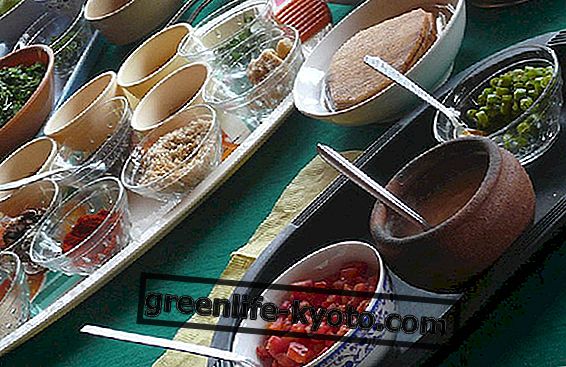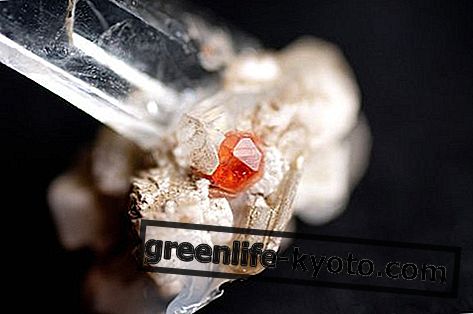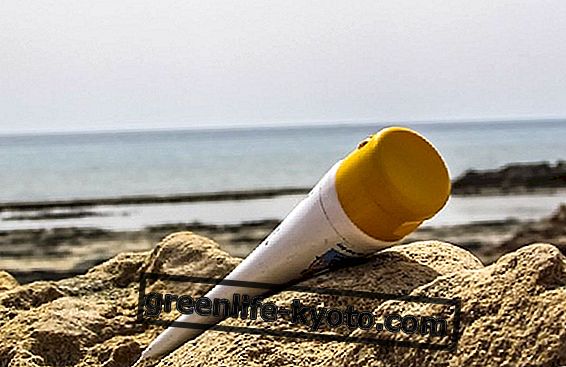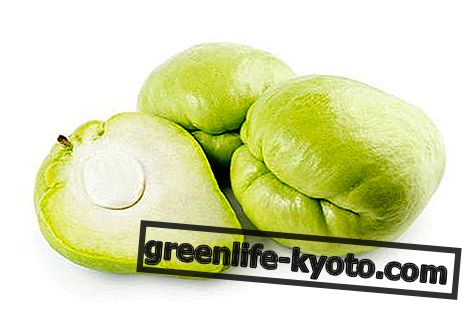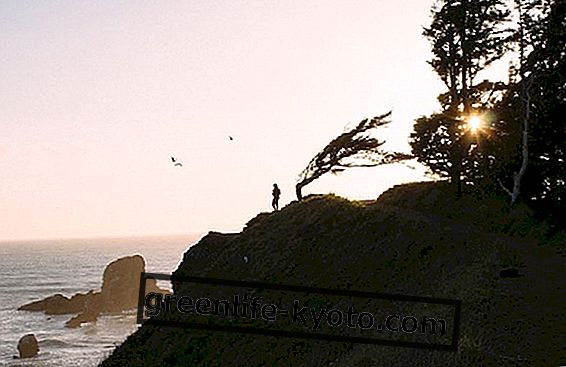
We see these little figures of the fat little man, half naked, bald, with a nice expression on his face and almond-shaped eyes. We see them often and willingly. And could that guy not even represent the neighbor of the plane, whose rolls of fat really exceed normality and invade us the living space if we are sitting by his side?
But what did Siddhartha Gautama really look like?
Lived from 566 to 486 BC ., He was a prince who refused riches (reminds you of a certain Francis of Assisi?) On whose name fell the definition of "enlightened" (this means the term "buddha"). No almond eyes: he was Indian. He lived on alms and fasted for days to follow a precise and rigorous meditation course. In India you will find many statues that represent it very thin, with lots of ribs in the foreground and a remarkable stature.
So? The pot-bellied gentleman? A scammer?
Don't give it to him right away. It is not a historical figure, but a figure belonging to the Chinese iconography of the 10th century after Christ (1500 years after the historical Buddha). Why is it fat? Those scrolls are symbols, they carry a message with them, they mean something precise: acceptance. Be content with what you have. Do plenty of abundance. It is said he was a skilled snake hunter, who after having caught them took away the poison and then released them again.
Metabolism, meditation, metabolic crisis
The very thin figure above, that person remained free from food to meditate. How much is hygiene of thoughts linked to abstaining from food? Why? The science that says?
" We found that the calorie restriction diet, especially when given at intermittent periods of increased caloric restriction, triggers cellular stress response pathways in neurons, " said Mark Mattson, neuroscientist at John Hopkins' National Institutes for Aging laboratory University of Baltimore. Experiments conducted by the team of scientists have shown that fasting every other day is good for the heart and brain. There is no doubt that an internal process such as meditation is easier.
The wounded or sick animal is left and moves away from the food until the recovery of vital forces and recovery. The practice is also linked to migration, hibernation and the mating season : salmon stop eating when they travel back along rivers to find suitable places for reproduction.
And we talk about human realities in which the practice of fasting is beneficial: the Hunza of Tibet have been studied by anthropologists, as their extraordinary health conditions seem to be linked to the periods of semi-fasting which they were forced by the scarcity of food in the winter period (Bircher R., 1980).
It is not a practice that can be improvised, no doubt. In addition, it takes graduality . Finally, support; not surprisingly, holistic professionals or psychotherapists who assist during fasting perform an empathic function . I myself know how different the choice is if adopted with another practitioner, even from a distance.
Several clinical studies have shown that the physiological processes of detoxification and autolysis have a significant therapeutic value. In the case of the metabolic crisis, after a period of fasting, the reduction of triglycerides, atherosclerosis, and with the reassessment of the relationship between LDL (which is reduced) and HDL (which increases) occurs.
But what is the metabolic crisis ?
To explain it we need to talk about insulin resistance, which involves the metabolism of sugars. Insulin is produced by the pancreas which regulates the concentration of glucose in the blood. During digestion, carbohydrates are transformed into simple sugar, glucose. The blood transports glucose to the tissues and that is where it becomes energy. Glucose acts as cellular fuel when it enters the cell; insulin is the key to entry. In the case of insulin resistance, glucose has difficulty entering cells. The pancreas then tries to produce more insulin. The result? Increases blood sugar (hyperglycemia ), increases the number of fats in the blood, increases the risk of hypertension . One Italian in five suffers.
The American Heart Association has published guidelines that highlight the cases in which one can speak of a metabolic crisis:
- The waist exceeds 89 cm for women and 102 cm for men (in case of family history with cases of diabetes the figures are reduced);
- The triglyceride level is higher than 150 mg per deciliter of blood or the triglyceride level is less than 150 mg / dl after medical treatment;
- HDL cholesterol is less than 40 mg / dl in men or 50 mg / dl in women;
- The maximum arterial pressure is greater than 120 mm or the minimum is greater than 80 mm of merucrio;
- Fasting blood glucose levels are above 110 mg / dl without medical treatment.
Age, family predisposition, obesity, the tendency to overweight, diagnosis of disorders such as cardiovascular hypertension, polycystic ovary syndrome and other factors play an even more important role in the case of risk.
There has always been talk of unwanted fiber and low-fat foods and simple ziccheri, as a table remedy for obesity. We always refer to the half hour per day of movement to intervene on all risk factors. Losing weight is the key to everything, apparently.
If indeed there is an advancement of consciences among humans, it is time to begin to contemplate also meditation among the solutions of assisted self - healing.
